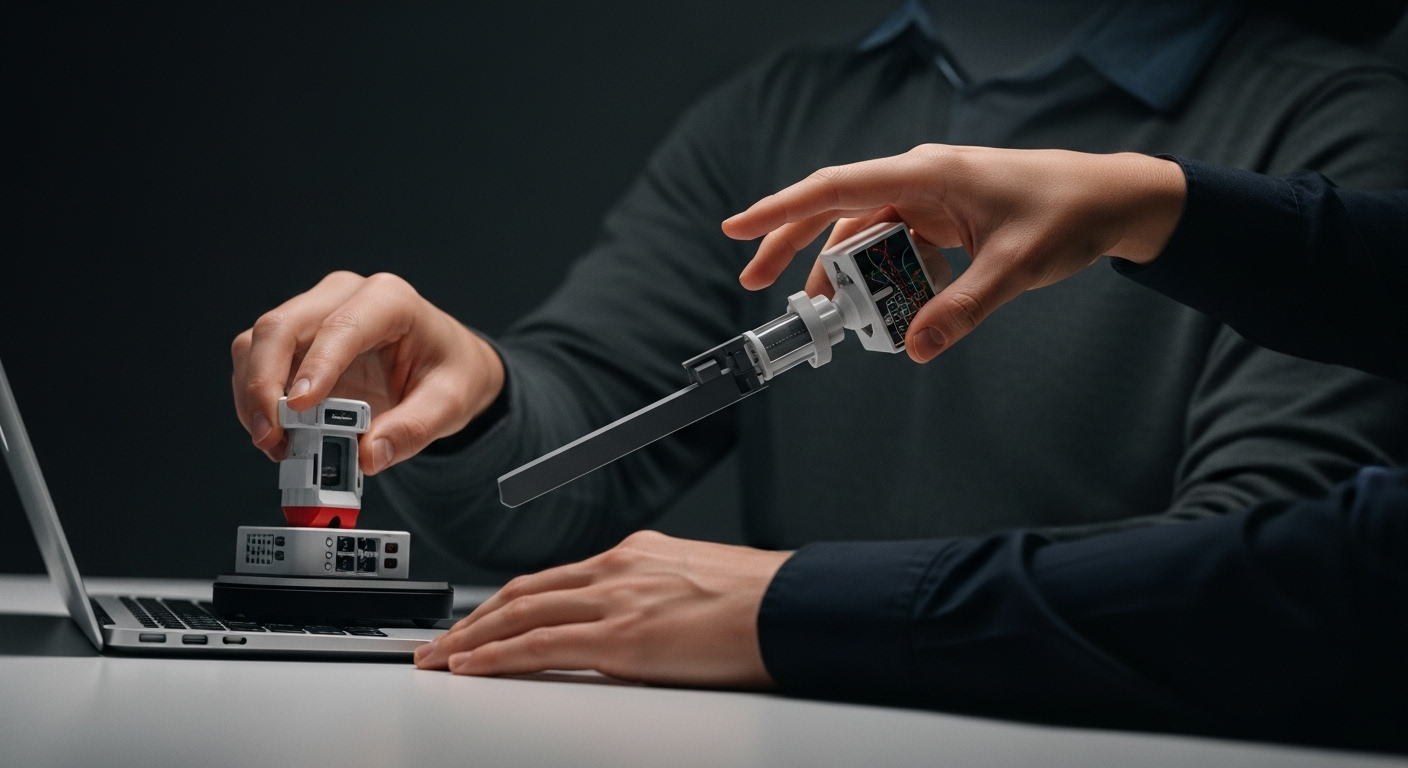Holographic Opera: A New Dimension in Musical Theater
In the ever-evolving landscape of performing arts, a groundbreaking fusion of technology and classical artistry is reshaping the operatic experience. Holographic opera, a cutting-edge approach to musical theater, is captivating audiences worldwide with its innovative blend of traditional operatic performance and state-of-the-art holographic projections. This revolutionary art form is not only pushing the boundaries of what's possible on stage but also reimagining how audiences engage with centuries-old musical narratives.

Technological Marvels Behind the Scenes
At the heart of holographic opera lies a complex system of high-resolution projectors, motion capture technology, and advanced rendering software. These elements work in harmony to create lifelike, three-dimensional images that seamlessly interact with live performers on stage. The technology allows for the creation of virtual sets that can transform instantaneously, bringing to life fantastical worlds that were once impossible to realize in traditional productions.
Reimagining Classical Works
One of the most exciting aspects of holographic opera is its ability to breathe new life into classical works. Productions of Mozart’s The Magic Flute and Wagner’s Ring Cycle have been reimagined with stunning holographic effects, allowing audiences to experience these timeless stories in ways their original composers could never have imagined. The use of holograms has opened up new possibilities for staging, enabling directors to create immersive environments that transport audiences to mythical realms and futuristic landscapes.
Creating New Operatic Experiences
Beyond reimagining classic operas, holographic technology has paved the way for entirely new operatic experiences. Composers and librettists are now writing works specifically designed to take advantage of holographic capabilities, blending traditional operatic elements with interactive digital components. These new operas often explore themes of technology, virtual reality, and the blurring lines between the physical and digital worlds, resonating with contemporary audiences in profound ways.
The Impact on Performers and Audiences
For performers, holographic opera presents both challenges and opportunities. Singers and actors must adapt to interacting with virtual elements and sometimes even holographic co-stars. This requires a new set of skills, blending traditional operatic techniques with a keen awareness of spatial relationships and timing. For audiences, the experience is nothing short of transformative. The immersive nature of holographic opera creates a sense of wonder and engagement that goes beyond traditional staging, drawing viewers into the heart of the narrative in unprecedented ways.
Global Reach and Accessibility
One of the most promising aspects of holographic opera is its potential to increase accessibility to high-quality operatic performances. Through holographic technology, world-class productions can be beamed to theaters and opera houses around the globe, allowing audiences in remote locations to experience performances that would otherwise be out of reach. This global reach is not only democratizing access to opera but also fostering cultural exchange and appreciation on an international scale.
The Future of Holographic Opera
As technology continues to advance, the possibilities for holographic opera seem limitless. Researchers are exploring ways to incorporate interactive elements that would allow audience members to influence the narrative or even participate in the performance virtually. Additionally, the integration of artificial intelligence could lead to dynamic, responsive holographic characters that adapt to live performers in real-time, creating truly unique experiences with each performance.
Challenges and Controversies
Despite its groundbreaking potential, holographic opera is not without its critics. Some purists argue that the technology detracts from the raw power of the human voice and the intimacy of live performance. Others raise concerns about the potential for holographic technology to replace live performers entirely. These debates highlight the ongoing tension between tradition and innovation in the world of opera, a dialogue that has shaped the art form for centuries.
Conclusion
Holographic opera represents a bold step into the future of musical theater, blending centuries-old traditions with cutting-edge technology. As this new art form continues to evolve, it promises to attract new audiences, inspire innovative creations, and push the boundaries of what’s possible in live performance. While challenges remain, the potential for holographic opera to revolutionize the operatic experience is undeniable, offering a glimpse into a future where technology and artistry converge to create truly magical moments on stage.





